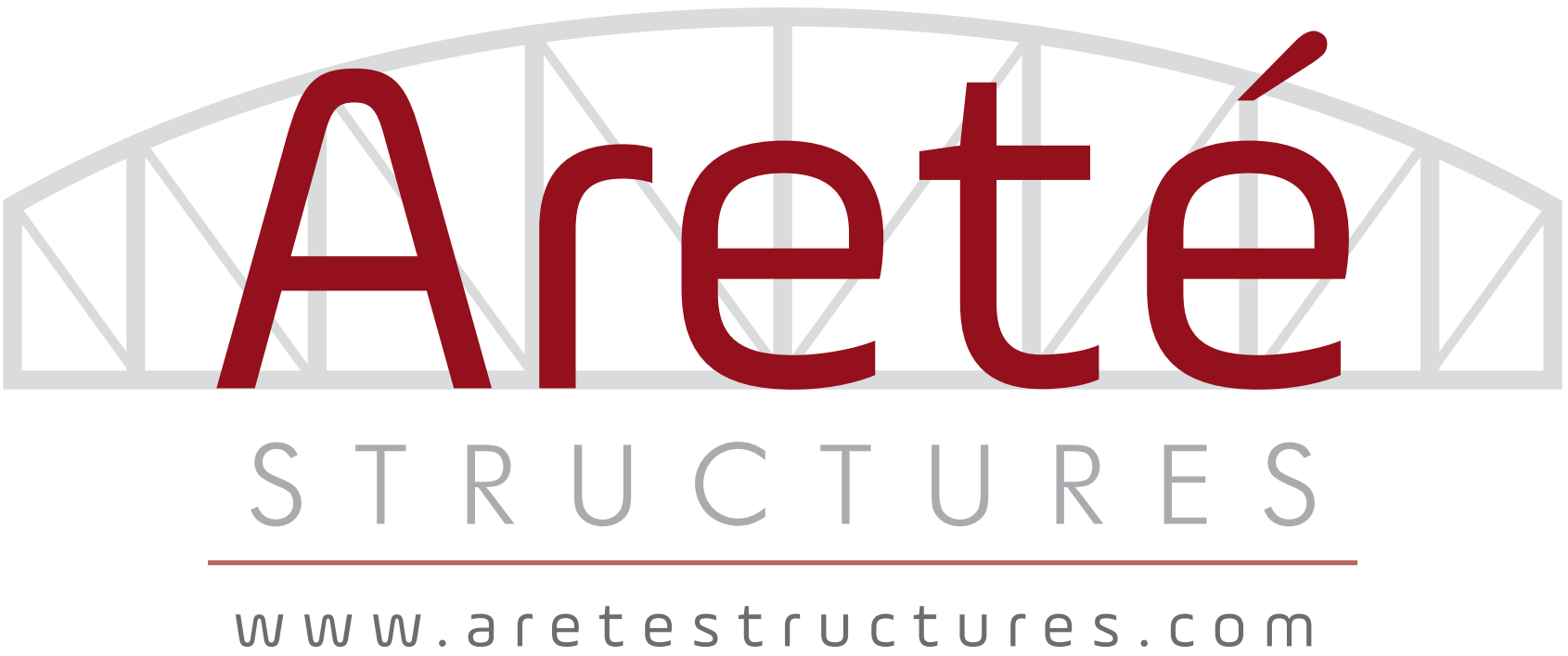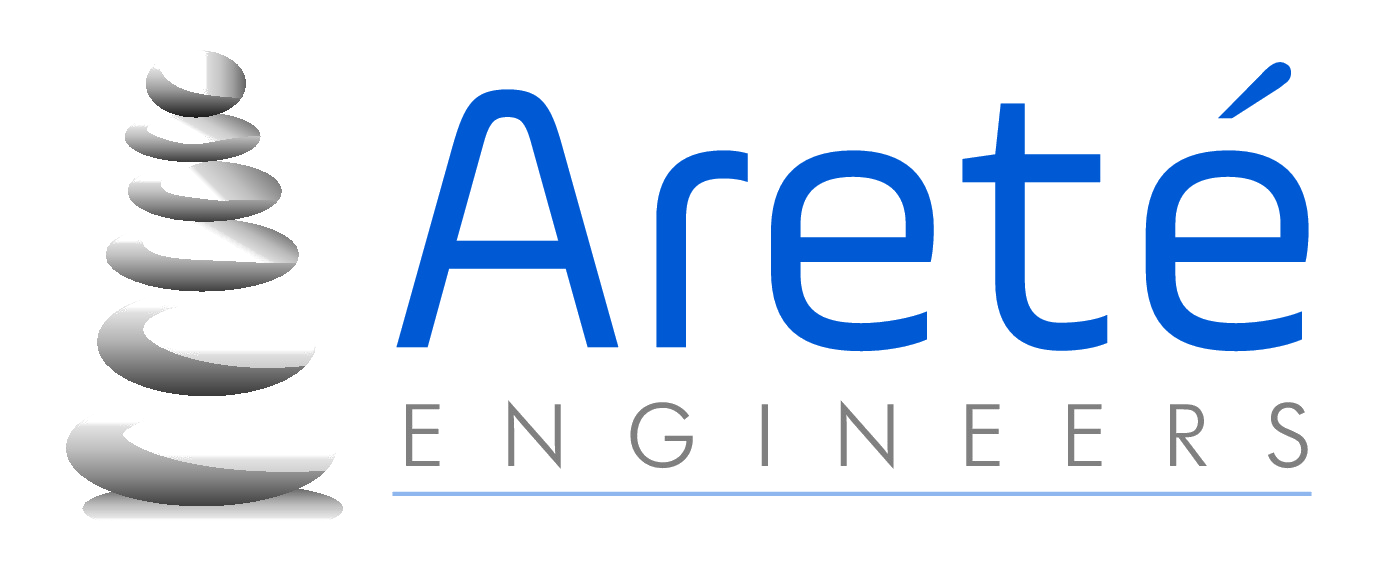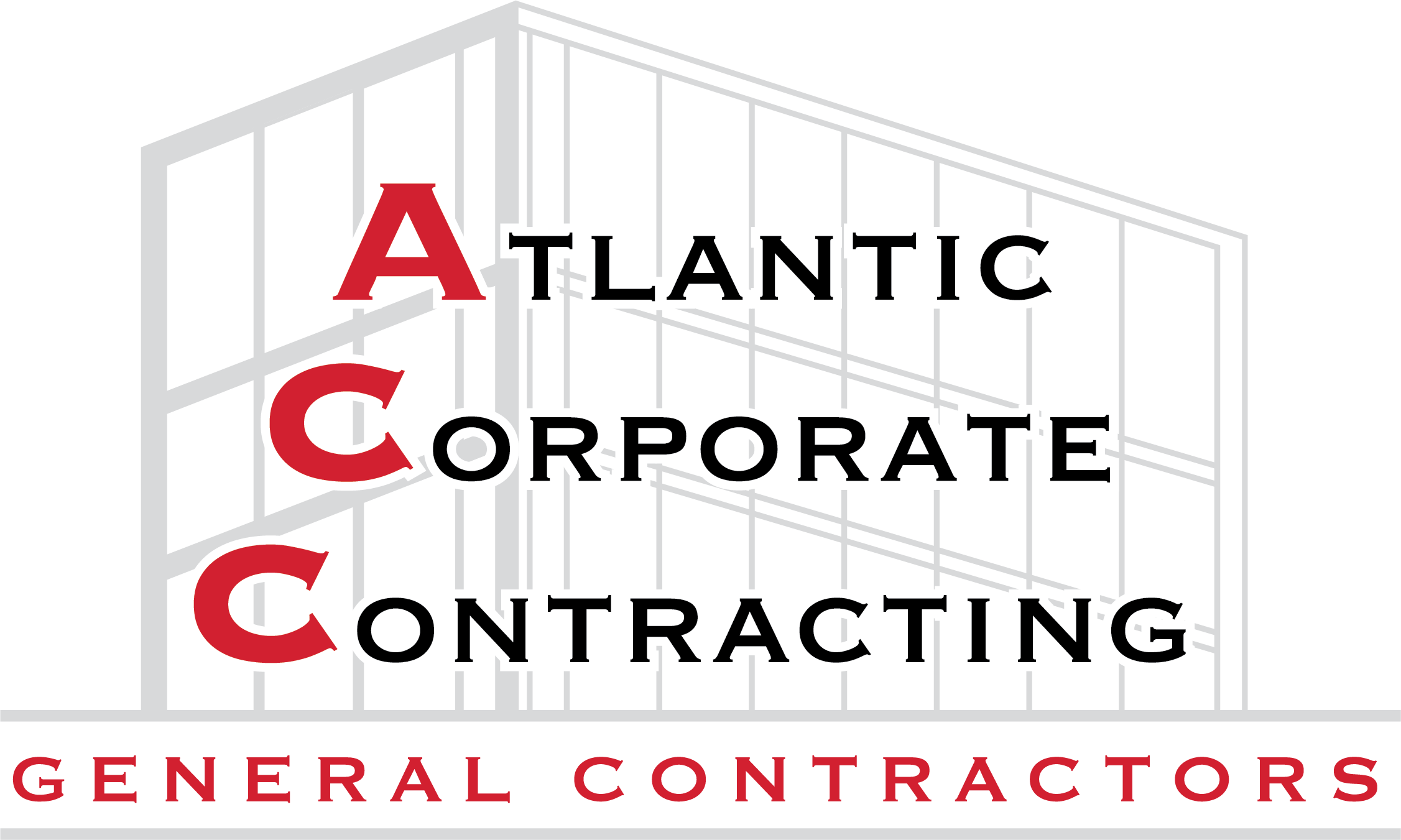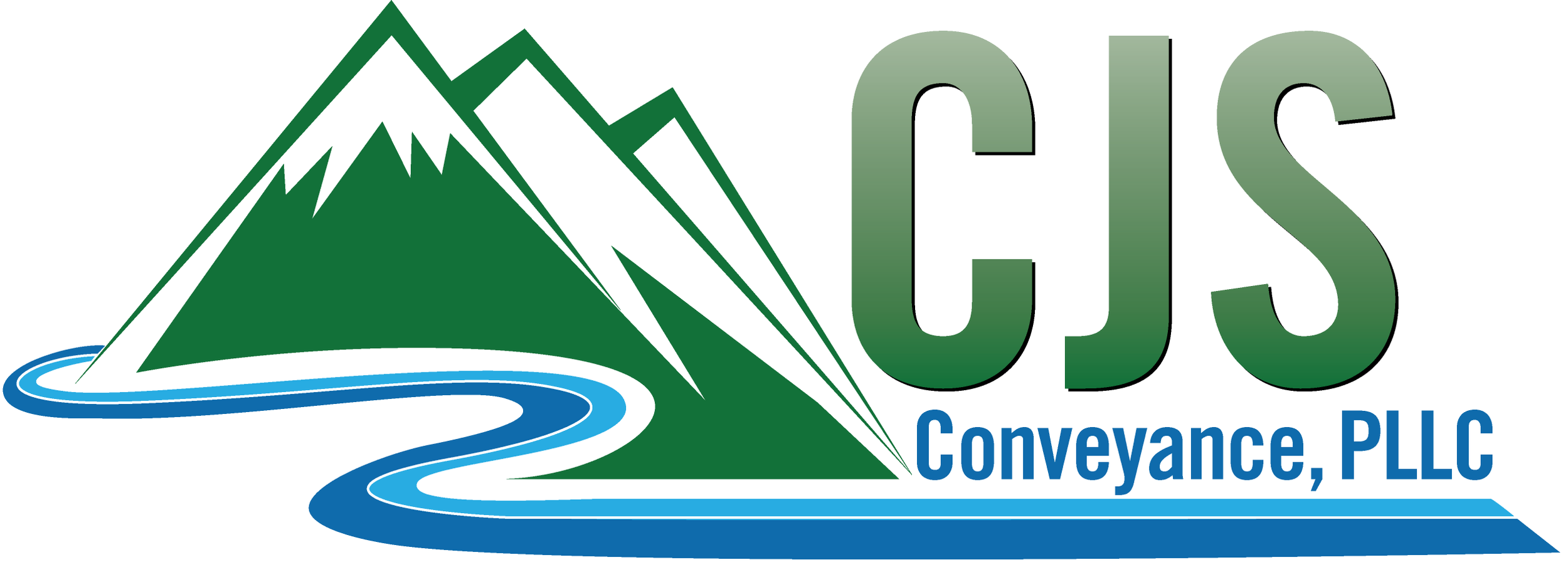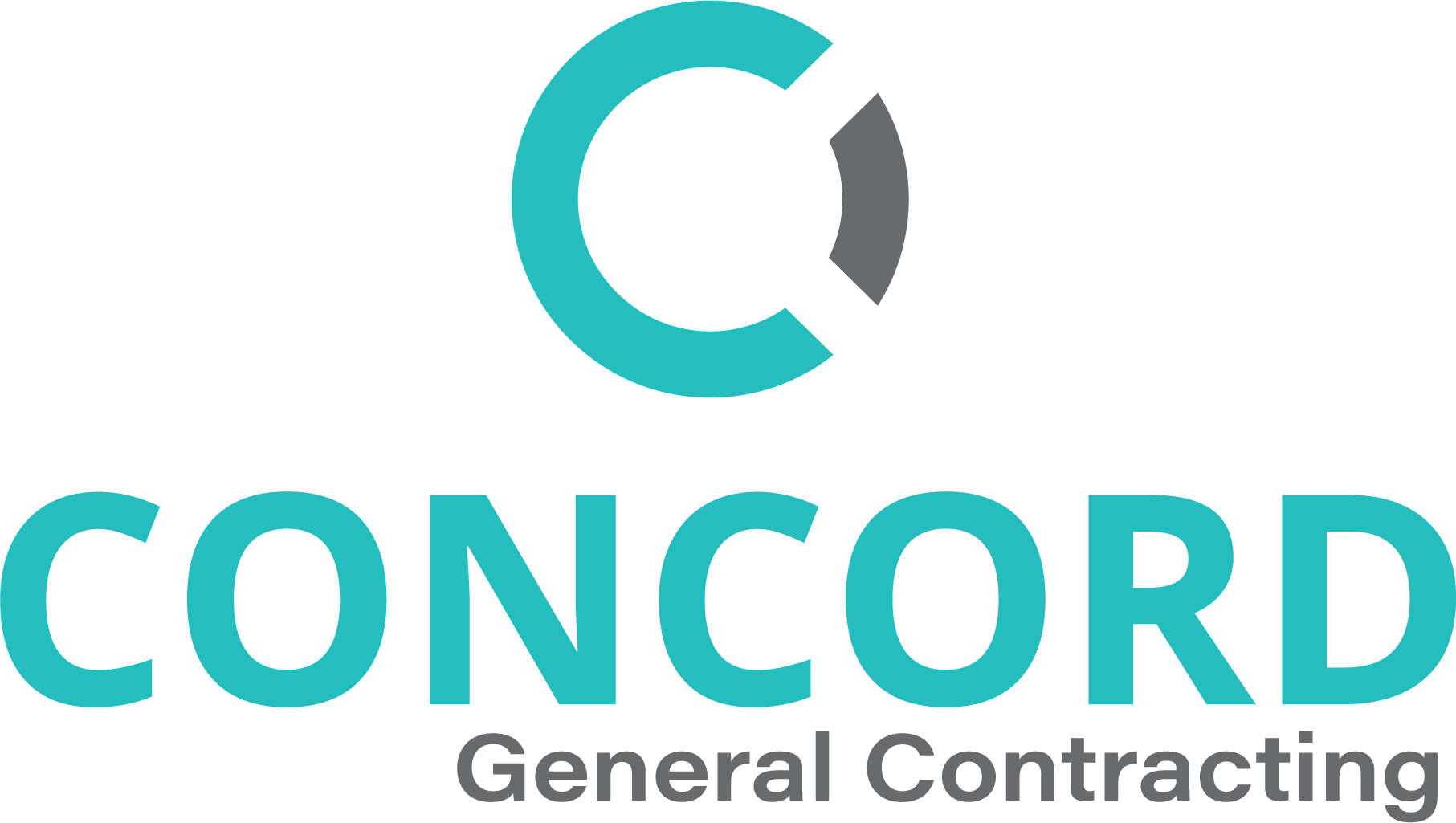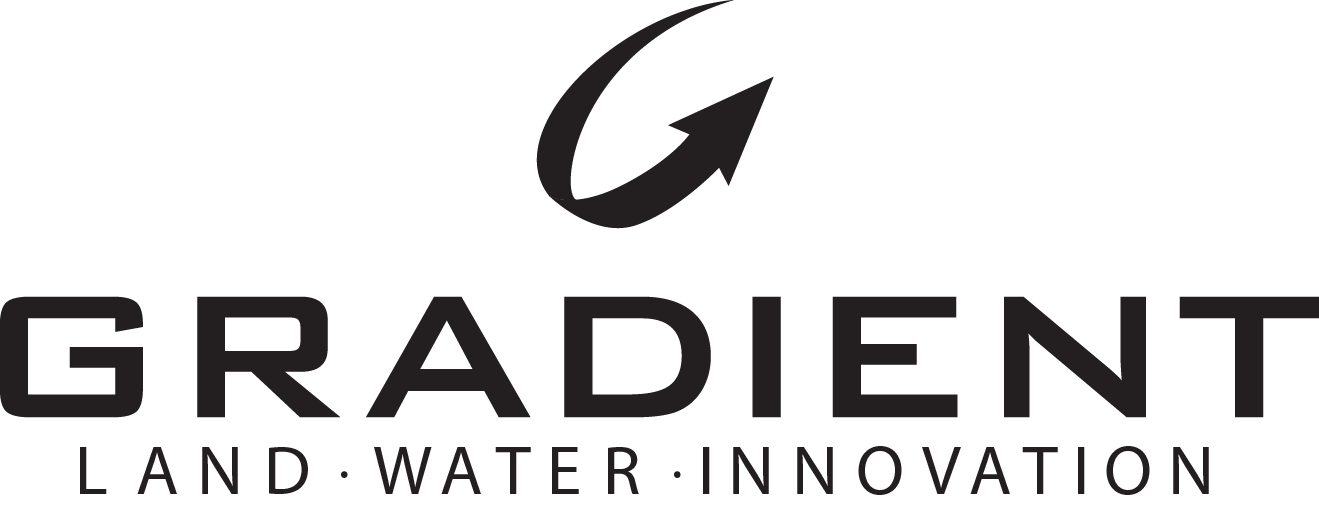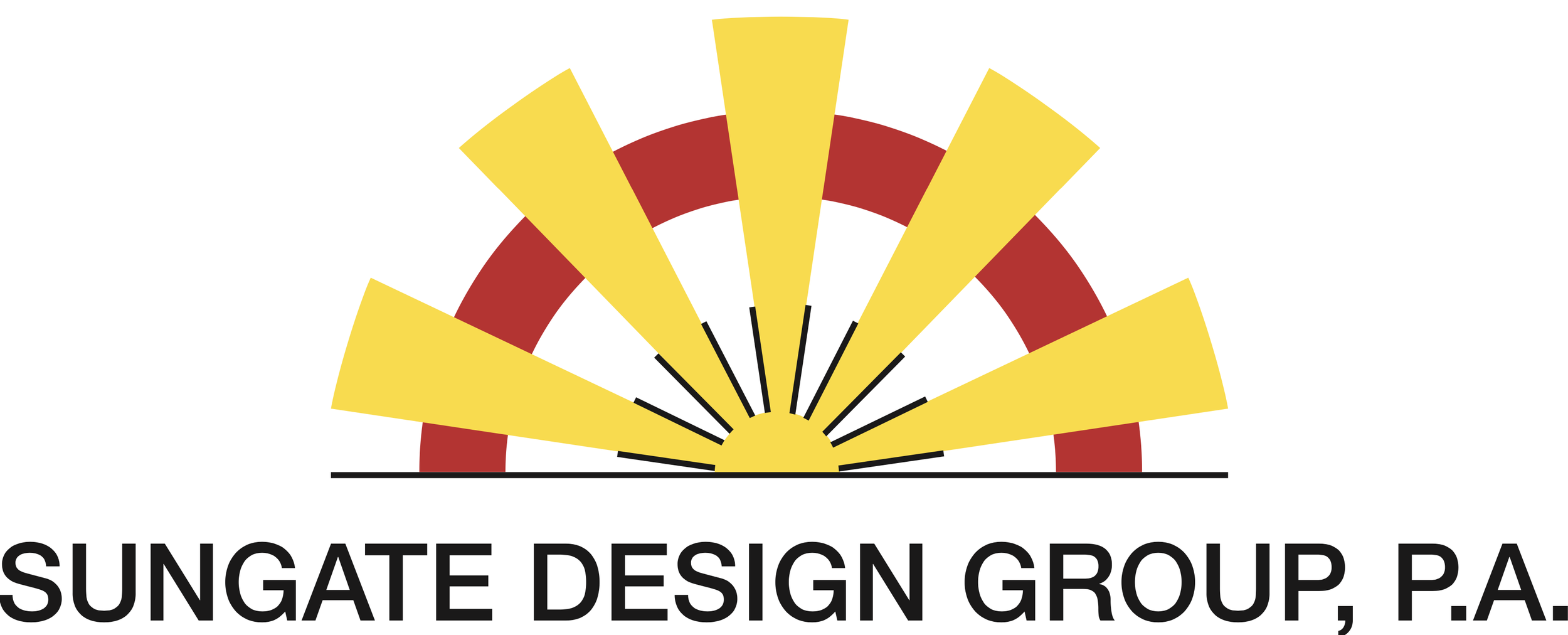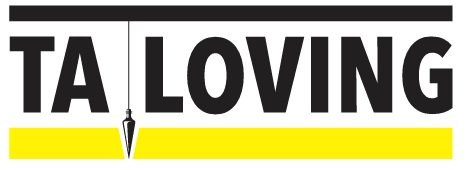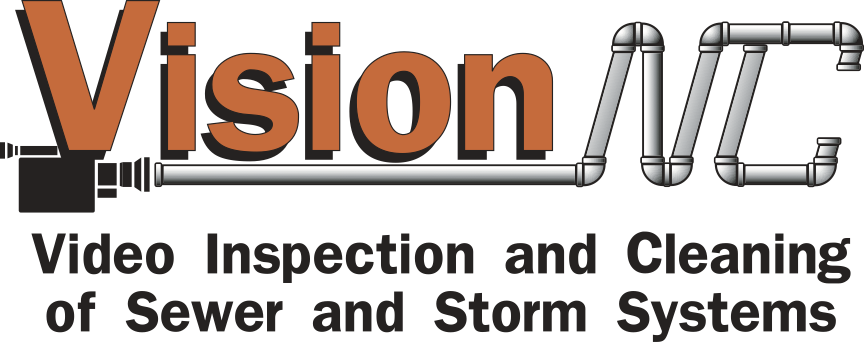Read these two scenarios:
A. In the last six months, you submitted 20 bids/proposals and won 5 of them.
or
B. In the last six months, you submitted 5 bids/proposals and won 5 of them.
Which sounds more familiar? Which sounds better? If you answered A for the former and B for the latter, this article is for you.
What if I told you there was a way to predict which proposals your firm can win and then submit only on those? It's not an exact science but there are proven tricks and tools that will help you hone in on the pursuits that are the best match for your firm. It's important to do this because going after everything limits the creativity and level of customization that can be put into each proposal. Not to mention, going after everything that moves is time consuming and frustrating. These strategies help focus your efforts so you can be more selective by going after projects and pursuits that align with your firm's core competencies.
1. A formal go/no-go decision process. This is a simple pass/fail tool used to reduce risk. It's easy. And it shouldn't take more than 5 minutes to complete. Yet, many project managers seem to loathe the go/no-go process and often forego it altogether. The truth is, it helps you answer questions that are crucial to deciding if a project is worth pursuing or not. A lot of the times, an effective go/no-go may show that a pursuit that was deemed a "go" shouldn't be. The idea of being wrong or showing that you made a mistake can be scary! But remember: the best leaders are not afraid to change course when new information comes to light.
The ability to technically DO the work is a low priority on a go/no-go because the fact is if you are even considering pursuing a project, you probably have the necessary technical expertise (and so does every other firm also contemplating the project). Higher priority items in a go/no-go decision matrix include things like how well you know the client; do you have the workload capacity to complete the work; did you know about the RFP in advance of its release; and who are your likely competitors and are they better or worse positioned for it than you.
2. Matchmaker, matchmaker, make me a match! When looking for new clients to add to your portfolio look for those with similar values and ideals as your firm. Are you a forward-thinking, innovative firm who touts the latest technologies for pipe replacement? Find municipalities whose vision for their infrastructure aligns with what you have to offer and leave the other clients for someone else. Similarly, when developing client managers for key clients, assign employees whose background, education, and personality matches that of the client. This builds a better rapport and facilitates a natural, easy-going relationship founded on trust and shared values. When you have a good relationship with a client, you can find out when projects and RFPs are scheduled and be prepared in advance of the tight deadline that often comes once a bid/RFP/RFQ is released.
3. Your core clients have needs, too. I'm willing to bet that about 20% of your clients bring in approximately 80% of your work. It's much less expensive to foster an established client relationship than it is to secure new clients. Don't let the thrill of securing new clients make you turn a blind eye to the future needs of you current ones. The answer to increasing the work you get from existing clients is cross-selling. By offering a new-to-them service that your firm already provides, you're giving work to another part of your firm and boosting the overall bottom line. Being an effective cross-seller requires everyone in your firm to be well-versed in the full spectrum of services your company provides so they recognize when an opportunity for cross-selling arises.
4. What NOT to do. You're going after a project for all of the wrong reasons if any of these arguments sound familiar:
- We need the work.
- I really want to work on this type of project for this client (but our experience/expertise is lacking).
- This is a good opportunity to get our name in front of the client.
If these sound familiar, step away from the bid/RFP/RFQ and move on to the next one.


